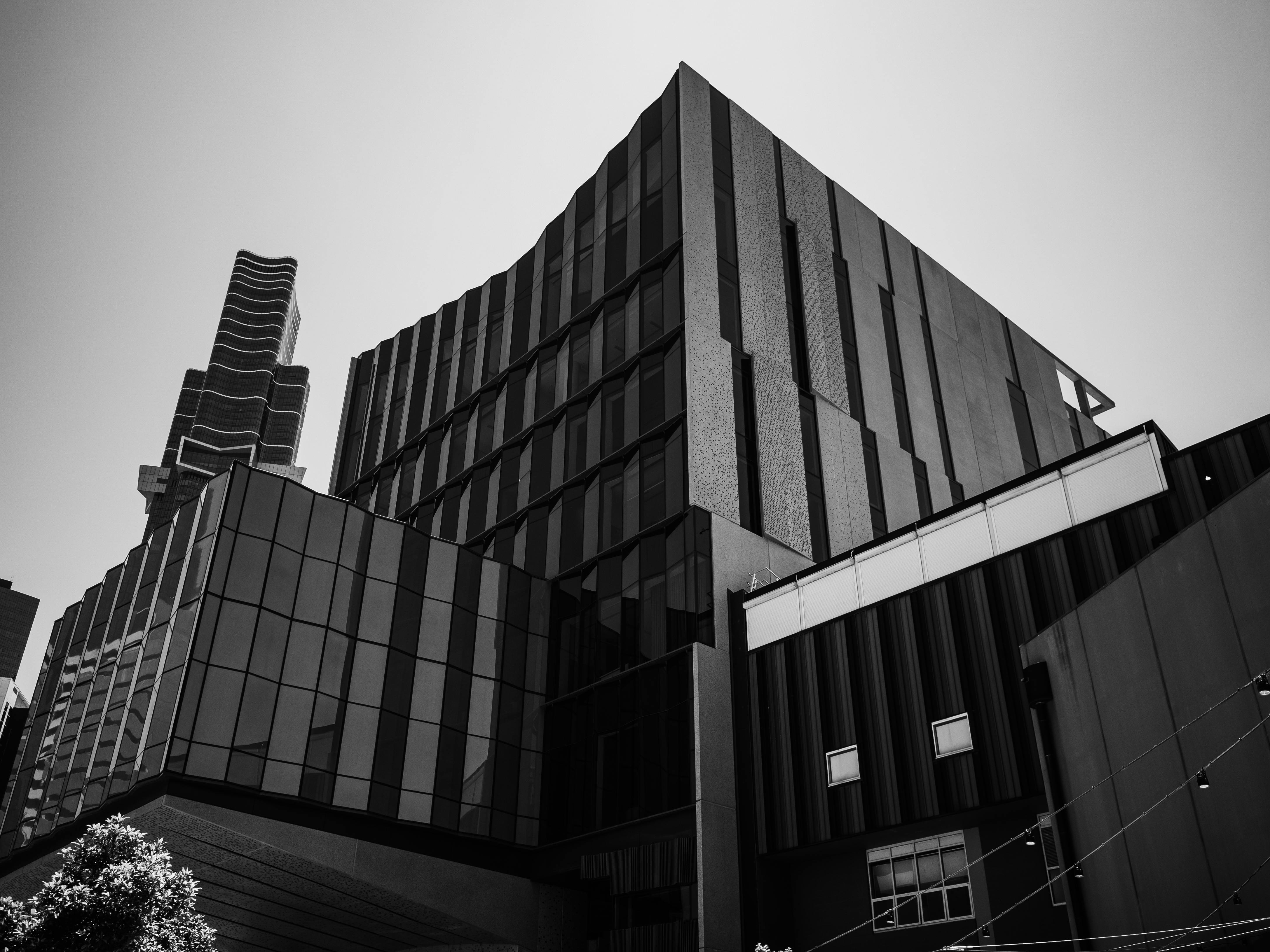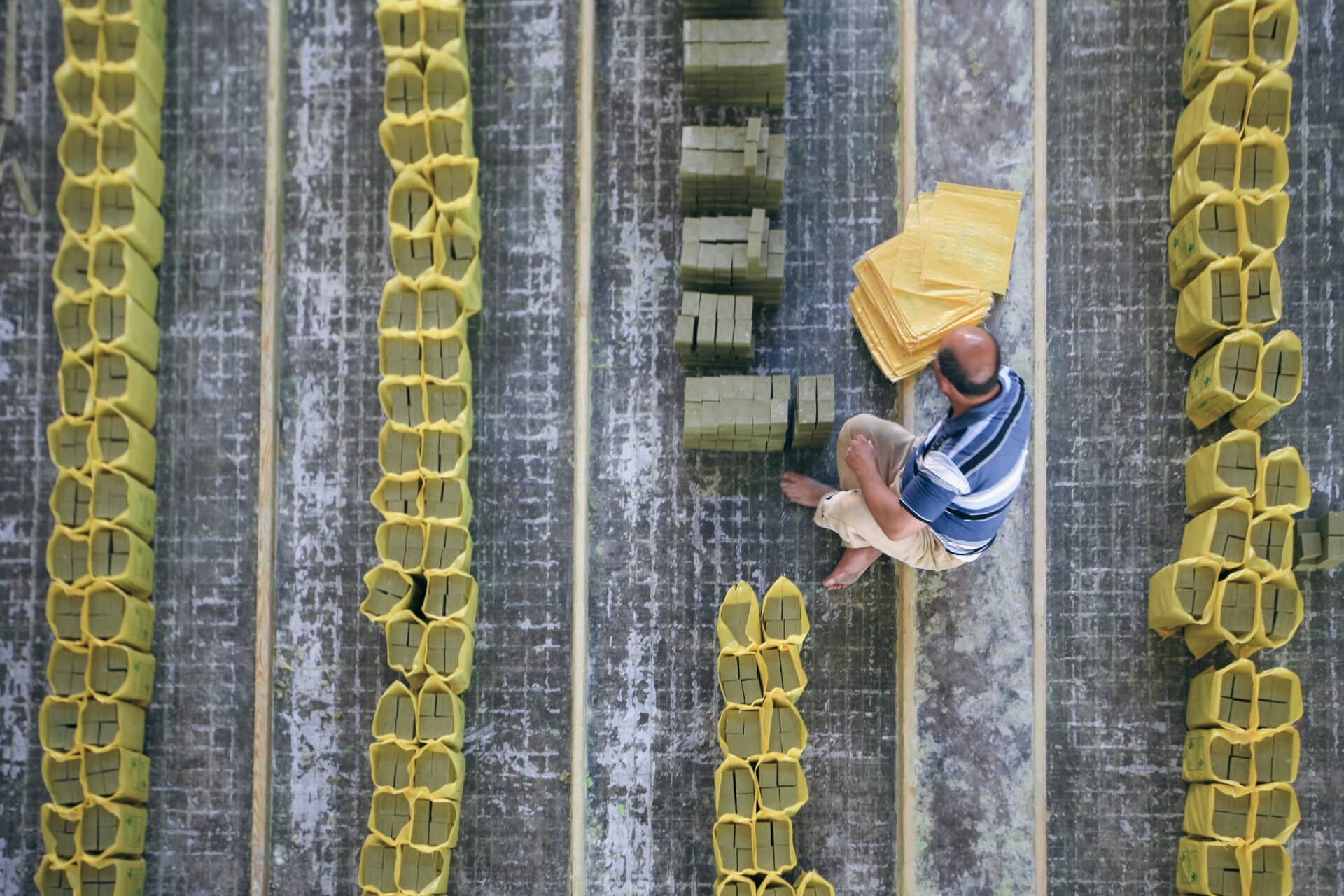Distillation is an ancient process used to separate liquids of different boiling points and purify them. This technique has been used for centuries to produce alcoholic beverages, such as whiskey and brandy, as well as to separate compounds in chemical laboratories. Distillation works by exploiting the differences in the boiling points of liquids, allowing them to be separated from each other. The process involves heating a mixture of liquids and capturing the vapors that are produced. These vapors then cool and condense back into a liquid, which can then be collected separately from the original mixture.Distillation is a process of separating the components or substances from a liquid mixture by using selective boiling and condensation. This method of separation is based on the different boiling points of the constituents of a mixture. It is used to purify liquids and to separate mixtures of liquids with different boiling points. Distillation works by heating a liquid mixture to its boiling point, whereupon the vapor produced is condensed back into liquid form, leaving impurities behind.
What is Distillation?
Distillation is a process of separating liquids from a mixture based on their different boiling points. This process has been used for centuries to purify and separate liquids such as water and alcohol. Distillation involves boiling the mixture, collecting the vapors that form, and condensing them back into liquid form. The result is a liquid that has been purified and separated from the other components of the mixture.
How Does Distillation Work?
Distillation works by heating a mixture of liquids to its boiling point, which causes the vaporization of one or more components of the mixture. The vapors rise and are collected in a condenser where they are cooled and converted back into liquid form. The result is a pure liquid with no impurities. Depending on the type of distillation used, different temperatures can be used to separate different components from the mixture. For example, in fractional distillation, different temperatures are used to separate heavier compounds from lighter ones.
The process of distillation is also used to purify water by removing impurities such as salt or chemicals. In this case, water is heated until it boils at 100 degrees Celsius (212 F). As it boils, any impurities present in the water will not vaporize and will remain behind in solid form as sediment at the bottom of the container while pure steam rises into a condenser where it is cooled and converted back into liquid form. This process produces pure distilled water that can be safely consumed.
Distillation can also be used to create concentrated forms of alcohol such as vodka or whiskey by separating ethanol from other components in fermented mixtures like wine or beer. In this case, ethanol has a lower boiling point than water so it can be easily vaporized at lower temperatures than water and then condensed back into liquid form for consumption purposes.
Different Types of Distillation
Distillation is a process used to separate a mixture of liquids with different boiling points. It can be used to purify liquids, separate mixtures, or recover solvents. There are several types of distillation processes that can be used depending on the application. These include fractional distillation, steam distillation, vacuum distillation, and azeotropic distillation.
Fractional distillation is the most common type of distillation used in industry and research laboratories. It is used to separate liquids with different boiling points by using a fractionating column that increases the surface area available for condensation and vaporization. This method can be used to separate mixtures of liquids with different boiling points and is especially useful for separating volatile compounds from less volatile ones.
Steam distillation is similar to fractional distillation but uses steam as the heating source instead of a heated bath or column. This method is often used in essential oil extraction and is also useful for separating highly volatile compounds from less volatile ones. The steam helps to vaporize the more volatile components of the mixture while leaving behind the less volatile components in the liquid form.
Vacuum distillation involves reducing the pressure in the vessel containing the mixture of liquids so that they can boil at lower temperatures than normal atmospheric pressure allows. This method is often used when purifying thermally unstable compounds that would decompose at higher temperatures if left at atmospheric pressure. Vacuum distilling also allows for more efficient separation of components compared to other methods as there is less re-condensation occurring in the fractionating column due to reduced pressure.
Azeotropic distillation is an advanced technique that involves using additional additives or solvents to manipulate certain properties such as boiling point or vapor pressure within a mixture so that it can be separated more easily than with traditional methods such as fractional or steam distilling. This method has been proven effective for separating difficult mixtures such as those containing water-ethanol solutions or cyclic hydrocarbons with similar boiling points.
Parts of a Distillation Apparatus
A distillation apparatus is composed of several components, each of which plays an important role in the distillation process. The main components are the distilling flask, the condenser, and the receiver. The distilling flask is used to heat and vaporize the liquid sample, which is then cooled in the condenser. The condenser then collects and cools the vaporized liquid into a more concentrated form and passes it on to the receiver. The receiver is used to collect and store the distilled product for further use or analysis. Additionally, some distillation apparatus also include a thermometer, a vacuum adapter, and a fraction collector.
The distilling flask is an essential component of any distillation apparatus, as it is where the sample is heated and vaporized. It is typically made from borosilicate glass which can withstand temperatures up to 500°C (932°F). A thermometer can be inserted into its neck in order to measure temperature during the process.
The condenser serves as a cooling device for the vaporized sample. It typically takes form of a long glass coil that is partially filled with cold water or another cooling material such as ice. After passing through this coil, the vaporized sample cools down and returns to its liquid form.
The receiver serves as a container for collecting and storing the distilled product. It should be able to hold at least twice as much volume as that of the original sample in order to avoid any overflow during collection. Additionally, it should be made from borosilicate glass or other materials that can withstand high temperatures.
In addition to these three main components, some distillation apparatuses may include additional accessories such as a vacuum adapter for controlling pressure within the system or a fraction collector for collecting multiple fractions from one run. These accessories can make it easier to perform more complex operations such as fractional distillations or vacuum-assisted operations.
Boiling Point
The boiling point of a substance is the temperature at which the vapor pressure of a liquid equals the environmental pressure surrounding the liquid. At this temperature, bubbles of vapor form inside the liquid and it starts to boil. Boiling points for different substances vary depending on their chemical composition and properties. For example, water boils at 100 degree Celsius while ethanol boils at 78 degree Celsius. The boiling point of a substance also depends upon its pressure; when the environmental pressure increases, so does the boiling point.
Condensation Point
The condensation point is the temperature at which a gas turns into a liquid. This happens when enough heat energy is removed from the gas, causing it to cool below its condensation temperature. Condensation occurs when water vapor in an air-water mixture cools and reaches its dew point, forming droplets of water on surfaces such as windows or grass. The condensation point changes depending on factors such as atmospheric pressure and humidity levels.
Understanding boiling points and condensation points can help us determine when certain processes occur in nature or in chemical reactions in laboratories. It can also be important for engineering projects such as designing refrigeration systems and predicting weather conditions.

Separating Mixtures using Distillation
Distillation is a widely used process for separating mixtures of two or more liquids that have different boiling points. During distillation, the mixture is heated until one of the components boils, and then the vapor is collected and condensed back into liquid form. This process is repeated until the desired amount of each component has been separated. The distillation process can also be used to separate two or more gases that have different boiling points. In this case, the mixture is cooled until one of the components condenses, and then the liquid is collected and heated back into gas form. This process is repeated until all of the components have been separated.
The main advantage of distillation is that it can separate mixtures without any chemical changes to the components. This makes it an ideal method for separating closely related compounds that would be difficult to separate using other methods. It also allows for precise control over the amount of each component that is separated, making it a useful tool in industrial processes where only certain amounts of a particular compound are needed.
In addition to separating mixtures, distillation can also be used to purify liquids by removing impurities such as suspended solids or dissolved gases. To do this, a liquid containing impurities is boiled and then its vapor is condensed into a pure liquid form with fewer impurities than before. This process can be repeated several times until a desired level of purity has been achieved.
Uses of Distillation
Distillation is a process used to separate and purify liquids by heating them to their boiling points and then condensing the resulting vapors. This process is widely used in many industries, from food and beverage production to chemical manufacturing. In the food and beverage industry, distillation is used to produce essential oils, alcoholic beverages, flavored extracts, and other products. In the chemical industry, it is used to produce pharmaceuticals, perfumes, fragrances, and other specialty chemicals. Distillation can also be used in water purification systems to remove contaminants from water sources. Additionally, it is commonly employed in oil refining processes to separate crude oil into its various components. Finally, distillation can be used for the production of biofuels such as biodiesel or ethanol.
In addition to its industrial uses, distillation has many applications in the home environment. It can be used for making homemade alcoholic beverages such as beer or wine from fruits and grains. Distilled water is also commonly used for drinking and cooking since it has been purified of impurities through the distilling process. Finally, essential oils can be produced at home with a simple still for aromatherapy or personal care applications.
Controlling Reflux in Distillation Processes
Reflux is a process used in distillation to improve the separation of a mixture of liquids. It is used to maintain a steady temperature in the distillation column and also to ensure that the vapor entering the condenser is at its optimum temperature for condensation. The reflux ratio is the ratio of reflux liquid to feed liquid in a distillation process and can be used to control the purity of products obtained from the distillation. By controlling this ratio, it is possible to achieve more efficient separations and higher product purities.
The reflux ratio is usually determined by calculating the total amount of vapor generated by a given amount of feed liquid, and then adjusting it according to desired product purity. This adjustment may involve either increasing or decreasing the total amount of vapor generated. Typically, an increase in reflux ratio results in higher product purity, while a decrease results in lower product purity. In addition, changes in pressure or temperature can also affect the reflux ratio, as both affect the rate at which vapor is generated from a given amount of feed liquid.
The most commonly used method for controlling reflux ratios is through adjusting the cooling water flow rate into the condenser. By increasing or decreasing this flow rate, it is possible to adjust the temperature at which condensation occurs, and thus adjust the amount of vapor generated from a given amount of feed liquid. Another method for controlling reflux ratios involves changing either pressure or temperature within the system; however, this method should only be used with caution as it can have significant impacts on other parts of the system such as safety valves and relief devices.
In conclusion, controlling reflux ratios in distillation processes can be achieved by adjusting cooling water flow rates into condensers or by changing pressure or temperature within systems. By controlling these variables correctly, it is possible to achieve more efficient separations and higher product purities than would otherwise be possible without any adjustment.

Conclusion
Distillation is a process of separating different components of a liquid mixture by boiling and condensing them. Distillation works by boiling the mixture to separate the components and then condensing the vapors. The components with lower boiling points will vaporize first, while those with higher boiling points will remain in the original liquid. This process can be used to purify liquids, such as water and alcohol, or to separate different chemicals from each other. The distillation process is simple yet effective, making it an important tool for many industries.
Distillation is also used in a variety of everyday items, like air conditioners and humidifiers. By understanding how distillation works, you can use it to improve your home and make sure that your air quality is always safe and clean. With its simple yet effective design, distillation can help you get the most out of your liquids and chemicals.

